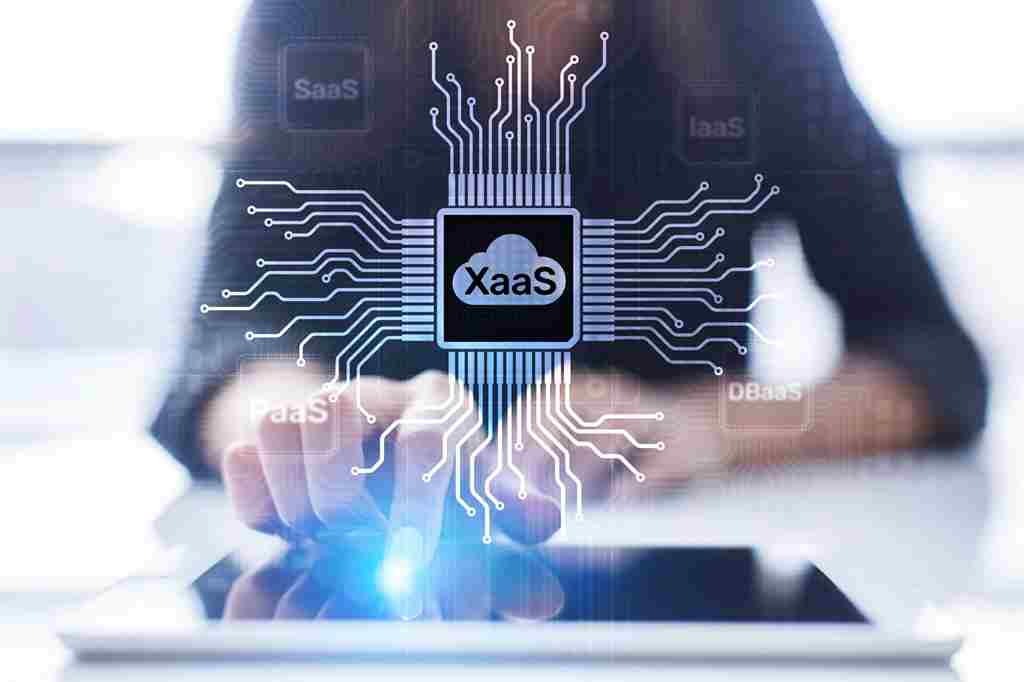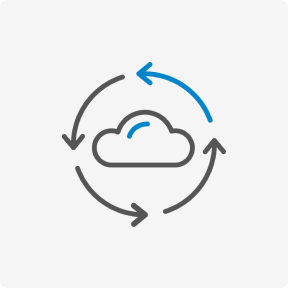This approach is at the heart of Google Cloud’s Healthcare Natural Language API, in enabling healthcare organizations to build open, intelligent systems that unlock value from healthcare data. The open cloud approach enables our partners to innovate more easily, and scale more efficiently. We believe this approach will further advance interoperability—and ultimately lead to healthier and fuller lives. However, on the same action, with the help of intelligent medical algorithms, NLP could be used for making smart models/ virtual assistants across the clinical level of the healthcare industry in the form of ordering assistants and medical transcribers. As NLP doesn’t come as a standard one-size-fits-all solution, it is important to harness the experience of leading technology platforms to build a customized healthcare option for your particular need.
Many open-source tools are available at no cost—allowing users to do classification, find phrases, and look for contextual information that provides clues about family history. But to maximize NLP’s potential in healthcare, organizations need to look beyond these off-the-shelf solutions to healthcare-specific vendor systems that integrate into existing workflows. HealthLinks is a healthcare consulting company based in Jeddah, that strategically collaborates with the Ministry of Health, Saudi Arabia, healthcare leaders, and stakeholders to improve the overall quality of healthcare in the Gulf region. Its strategic objective is to locate the invisible dysfunctions and gaps in care services and the phases of a patient’s journey through data-backed knowledge. Healthlinks needed to lean on applications of https://www.globalcloudteam.com/ to analyze the 12 million surveys that it sent out annually for this purpose.
Next-gen Use Cases Of NLP In Healthcare
Conducting clinical trials is time-consuming and expensive, running into various phases. Clinical trial firms need to identify patients that fulfill all the study conditions. NLP can help healthcare professionals with documentation needs to minimize their time on documentation and focus more on their crucial responsibilities. For example, NLP can summarize documents, find the key information, or convert an image into text (with Named Entity Recognition) to easily record electronically. Clinical Assertion modeling is an NLP use case that can ease the burden of medical professionals. This technique allows analysis of a patient’s history and appointment to find frequent symptoms to understand their condition better and provide the correct treatment.
Its text mining models can be used for various applications and software can be deployed in the cloud, on premises, and using a hybrid approach. Patients’ engagement in their own care is one of the key factors in successful health outcomes. So, healthcare providers must actively invite patients to educate themselves, take part in decision-making, and reach out to their physicians when required. Ultimately, NLP in healthcare will be a crucial component of our health systems moving forward.
Quintuple Aim: What Is It, and How Can Technology Help Achieve It?
Sometimes, however — just like human interpreters — these tools can be prone to making mistakes. That’s why, alongside the mere deployment of new tech, it will be essential to promote the right professional culture (also via training and reskilling) and work on the integration between professionals, devices, and data. This last aspect, namely data, leads us to another potential pain point that is worth mentioning. As for the second point, these solutions can be deployed in a huge variety of AI use cases.

For example, NLP can flag patients from an EHR who have a first- or second-degree relative with a history of breast or colorectal cancer diagnosed before the age of 45. Once NLP systems flag those patients, a patient portal sends an email alerting flagged patients of their family history and increased risk of these cancers and recommends preventive measures. Gain insights about the role of data in healthcare transformation and outcomes improvement. Natural language processing has the potential to help physicians in phenotyping patients to perform analysis. Reporting has troubled the IT systems in the healthcare industry when measures like ejection fraction have not been stored as discrete values.
How can NLP benefit healthcare organizations?
In fact, I bet by the time this article is printed there will be a newer, more impactful event. As my three recommendations show, healthcare organizations have the power to meet that reality with proactivity and innovation. But healthcare organizations can’t let that distract them from higher-level work – the execution of cutting-edge cybersecurity policies and practices tailored to the industry’s unique realities and requirements. This is particularly challenging for healthcare organizations because of their tricky infrastructures. Nevertheless, it is critical to have visibility into what data is most sensitive and where it resides. A recent Rubrik study found that the typical healthcare environment contains 280 back-end terabytes of all kinds of data, nearly 17 percent more than those in other industries.

So, new data-related adoption often comes with extra work on your other applications. A system can extract participation criteria from plain text and transform it into coded query format, which can be used to easily search the database for eligible people. Let’s look at use cases ready for adoption and list some commercially available, HIPAA-compliant tools.
Need help in AI or Data Science ?
It has resulted in a significant reduction in the time and effort involved in doing it manually. Our client, a global pharmaceutical leader, required peering over 7 Mn documents to capture the many parameters specific to the trials it was conducting. Our solution automated this task by creating a metadata repository of the documents.

For decades, stenographers, nurses, and other healthcare staff transcribed voice-recorded reports dictated by physicians, edited them, and stored them in healthcare records, first on paper, then in digital format. Physician productivity and motivation suffer from the glut of repetitive administrative tasks that force them to spend extra hours at the computer instead of interacting with patients. NLP offers several solutions to help doctors from natural language processing examples speech-to-text transcribing technology to simplified clinical documentation management. Unbiased training data is an essential requirement if the conclusions reached by NLP algorithms are to be trusted. Clinicians will need training to understand how NLP can be safely used as part of routine practice. ForeSee Medical’s unique combination of machine learning technology and risk adjustment rules delivers industry leading NLP accuracy scores.
Clinical Documentation
Section 8 provides details on the marketing mix which is an effective way to promote a product. The three key elements of the marketing mix are the product, the price, and the promotion. Also, increased disease diagnostic modalities, and increasing research on combination therapies will lead to sizable demand in the market. The market is segmented on the basis of End-user Industry (Healthcare, Life Sciences), By Type (Statistical NLP, Hybrid based NLP, Rule NLP), and Geography (Asia-Pacific, North America, Europe, South America, and Middle-East and Africa). An NLP system won’t be able to organize data if an EHR doesn’t have appropriate fields to organize it in.
- Unstructured data is unusable and consumes time and effort if the process of structuring it is manual.
- Showcasing one of the important use cases of NLP in Healthcare, Repustate’s NLP model was able to classify, organize and search all progress notes in their entire system at an organizational level.
- Structured data like claims or CCDAs / FHIR APIs may help determine disease burden, but gives us a limited view of the actual patient record.
- This is why it is becoming an increasingly important tool for data science and companies across industries.
- Applying natural language processing to electronic medical records can help identify a subset of an ethnic/racial group to map and document the health disparities.
They match the extracted concepts with the medical knowledge available in the resources. The NLP algorithms rank and retrieve the most suitable documents and extract the necessary information to generate precise and accurate answers. To begin, the user’s query is processed and analyzed to comprehend its intent and extract key elements. Natural language processing models employ various techniques, such as natural language understanding, named entity recognition, and semantic parsing, to achieve this. NLP for Health Data Analytics
Natural language processing analyzes unstructured healthcare data, providing valuable insights for population health management, epidemiological studies, and evidence-based decision-making. Multilingual and Cross-lingual Capabilities of Natural language processing systems
As healthcare becomes more globalized, the ability to process and analyze medical information in multiple languages will be crucial.
What are the Applications of NLP in Healthcare?
NLP in healthcare can also identify and mitigate potential errors in care delivery. A study showed that NLP could also be utilized in measuring the quality of healthcare and monitor adherence to clinical guidelines. NLP enables structuring big data in such a way that it enables a machine algorithm to categorize information granularly and discover key themes and deduce characteristics of the entity.
